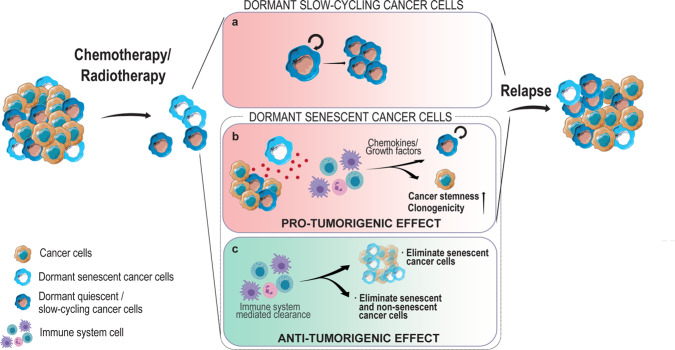Fig. 1. Schematic representation of the hypothesis of the intratumoural heterogeneity and the effects of anti-proliferative therapies.
Most frequently used anti-proliferative therapies are meant to eliminate rapid-proliferative cancer cells. The remaining dormant cell-driven relapse mechanisms differ depending on whether the cells involved are quiescent/slow-cycling or senescent. a Dormant-quiescent/slow-cycling cells can re-enter the cell cycle in response to appropriate microenvironment changes or SASP signals secreted by senescent cells. Dormant senescent cancer cells can have pro- or anti-tumorigenic effects mainly depending on the SASP content and hence, recruiting immune cells. b Although dormant-senescent cells have apparently undergone irreversible growth arrest, their SASP secretion induces slow-cycling cell proliferation, mainly mediated by immune cell recruitment, and induces clonogenicity and cancer stemness in neighbouring cells. c Alternatively, immune system cells recruited by SASP may eliminate senescent cancer cells, or eliminate both senescent and non-senescent cancer cells, causing tumour eradication39.

